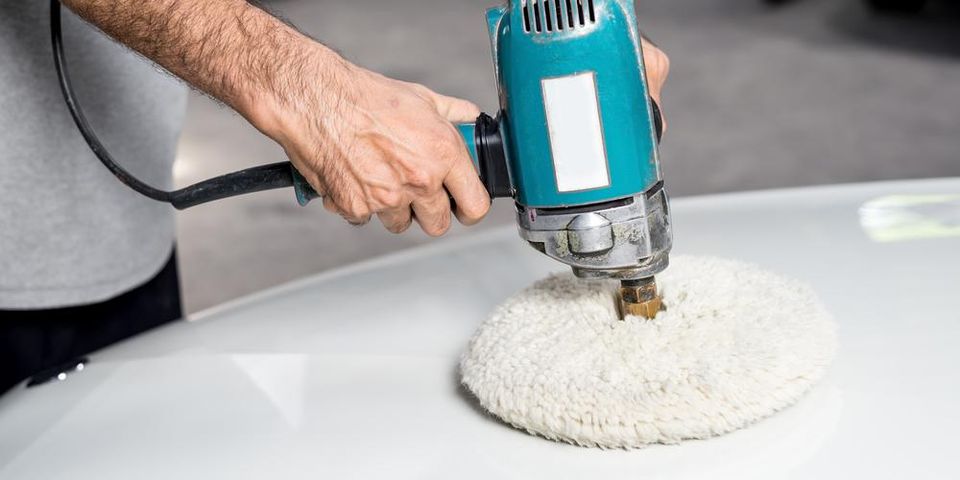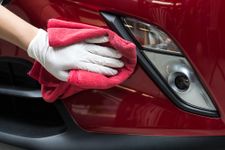An Auto Body Shop Shares the History of Car Detailing

Whether you’re an auto junkie or not, you’d probably agree that all vehicles look better after a professional car detailing. If you’ve invested hard-earned money in your car, you know it’s rewarding when the exterior is flawless. That’s because today’s automobile professionals have fine-tuned the car detailing process since it first began with the invention of the automobile in 1886. Below, cruise through past decades to learn why the industry stands as it does today.
The History of Car Detailing
The 1930s
 The Ford Model-T was painted black for two decades, and the paint was made of the same lacquer used on horse carriages. By the 1930s, acrylic resin became the go-to choice and required a special atomizing spray gun for application. A wax was then developed to protect car exteriors from wear and tear. This wax is known as Turtle Wax® or Zymöl® today.
The Ford Model-T was painted black for two decades, and the paint was made of the same lacquer used on horse carriages. By the 1930s, acrylic resin became the go-to choice and required a special atomizing spray gun for application. A wax was then developed to protect car exteriors from wear and tear. This wax is known as Turtle Wax® or Zymöl® today.
The 1950s
The 1950’s ushered in the cyclo machine era, which was designed to restore auto paint. Foam pads, designed by Meguiar’s®, made the polishing mechanism unique and effective. These pads are still considered the best in the industry today.
The 1960s
Klasse® and Car-Lack© became known for using polyethylene as opposed to wax. Their car sealants also remain the top sealants on the market.
The 1970s
In this decade, the U.S. adopted a clear coat from Japan and Europe as a way to strengthen auto paint. However, the product didn’t live up to its expectations and caused problems after only a few years of application.
The 1990s
The cyclo machine from the 1950s was eventually replaced by the orbital rotary buffer, which is still widely used by auto body shops today. As water-based paints and additional colors became available, oven drying was added to the paint-curing process. Another export from Japan, detailing clay, became a popular tool for car detailing due to its unique ability to banish dirt and other pollutants.
The 2000s to the Present
Today, we have microfiber cloths and an array of wax products to choose from. The clear-coat process has been perfected to include a product called CeramiClear™, which is meant to fight the harmful effects of UV radiation and acid rain. However, fluorine clear coats are now applied to luxury cars, and professional car detailing is required to maintain them.
While the history of car detailing has taken many twists and turns, Bob Hastings Collisions continues to maneuver industry shifts and stay abreast of recent advancements. If you need your car repaired or detailed, call them today at (585) 383-8150. Whether your vehicle was in an accident or simply needs some TLC, this East Rochester shop will provide high-quality repairs and restorations. Visit their website to learn more about their services.
About the Business
Have a question? Ask the experts!
Send your question

